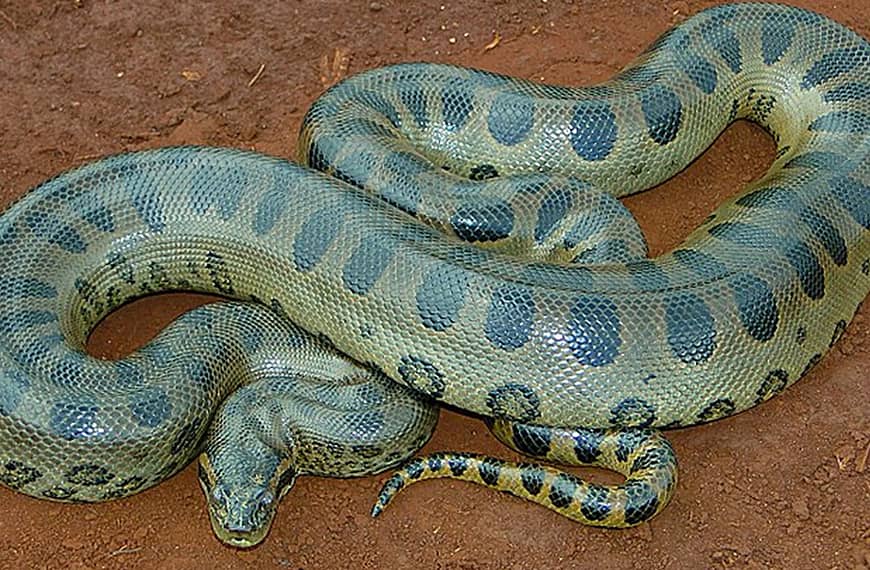Abstract
Abstract: Ontogenetic changes in venom composition have important ecological implications duethe relevance of venom in prey acquisition and defense. Additionally, intraspecific venom variation has direct medical consequences for the treatment of snakebite. However, ontogenetic changes are not well documented in most species. The Mexican Black-tailed Rattlesnake (Crotalus molossus nigrescens) is large-bodied and broadly distributed in Mexico. To document venom variation and test for ontogenetic changes in venom composition, we obtained venom samples from twenty-seven C. m. nigrescens with different total body lengths (TBL) from eight states in Mexico. The primary components in the venom were detected by reverse-phase HPLC, western blot, and mass spectrometry. In addition, we evaluated the biochemical (proteolytic, coagulant and fibrinogenolytic activities) and biological (LD50 and hemorrhagic activity) activities of the venoms. Finally, we tested for recognition and neutralization of Mexican antivenoms against venoms of juvenile and adult snakes. We detected clear ontogenetic venom variation in C. m. nigrescens. Venoms from younger snakes contained more crotamine-like myotoxins and snake venom serine proteinases than venoms from older snakes; however, an increase of snake venom metalloproteinases was detected in venoms of larger snakes.Venoms from juvenile snakes were, in general, more toxic and procoagulant than venoms from adults; however, adult venoms were more proteolytic. Most of the venoms analyzed were hemorrhagic. Importantly, Mexican antivenoms had difficulties recognizing low molecular mass proteins (<12 kDa)of venoms from both juvenile and adult snakes. The antivenoms did not neutralize the crotamine effect caused by the venom of juveniles. Thus, we suggest that Mexican antivenoms would have difficulty neutralizing some human envenomations and, therefore, it may be necessary improve the immunization mixture in Mexican antivenoms to account for low molecular mass proteins, like mycotoxins
Borja, M., Neri-Castro, E., Gutiérrez-Martínez, A., Bledsoe, R., Zarzosa, V., Rodriguez-López, B., Strickland, J. L., Becerra-López, J., Valenzuela-Ceballos, S., Parkinson, C. L., Alagón, A., & Castañeda-Gaytán, G. (2023). Ontogenetic change in the venom composition of one Mexican black-tailed rattlesnake (Crotalus molossus nigrescens) from Durango, Mexico. Toxicon, 107280. https://doi.org/10.1016/j.toxicon.2023.107280











